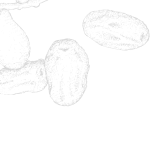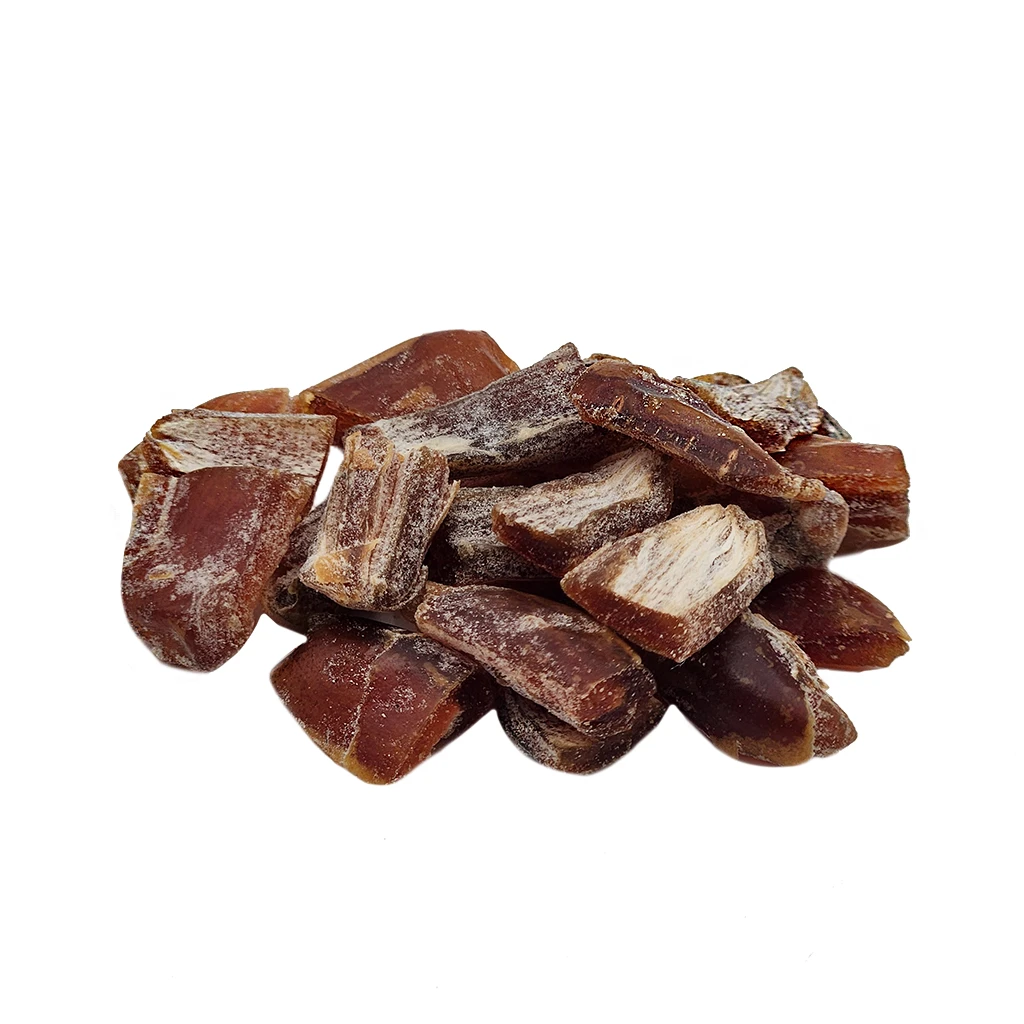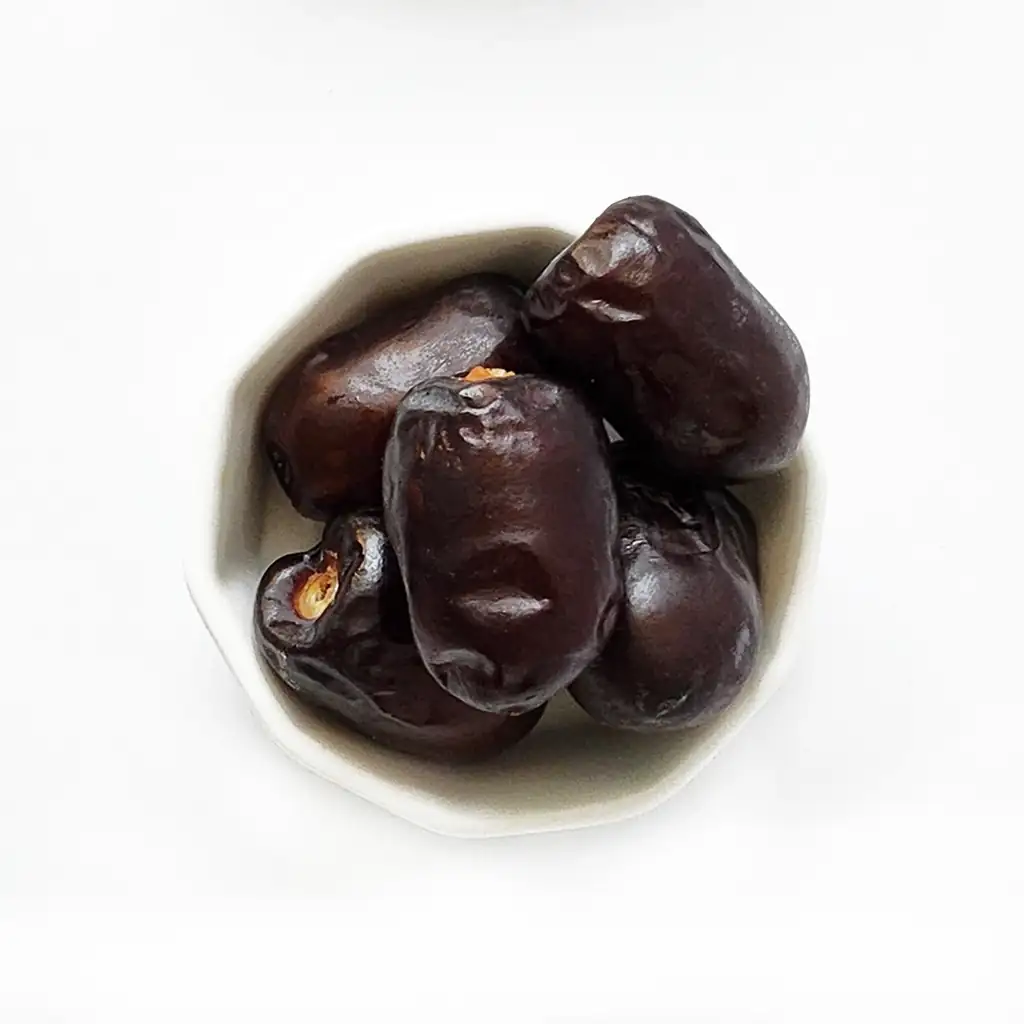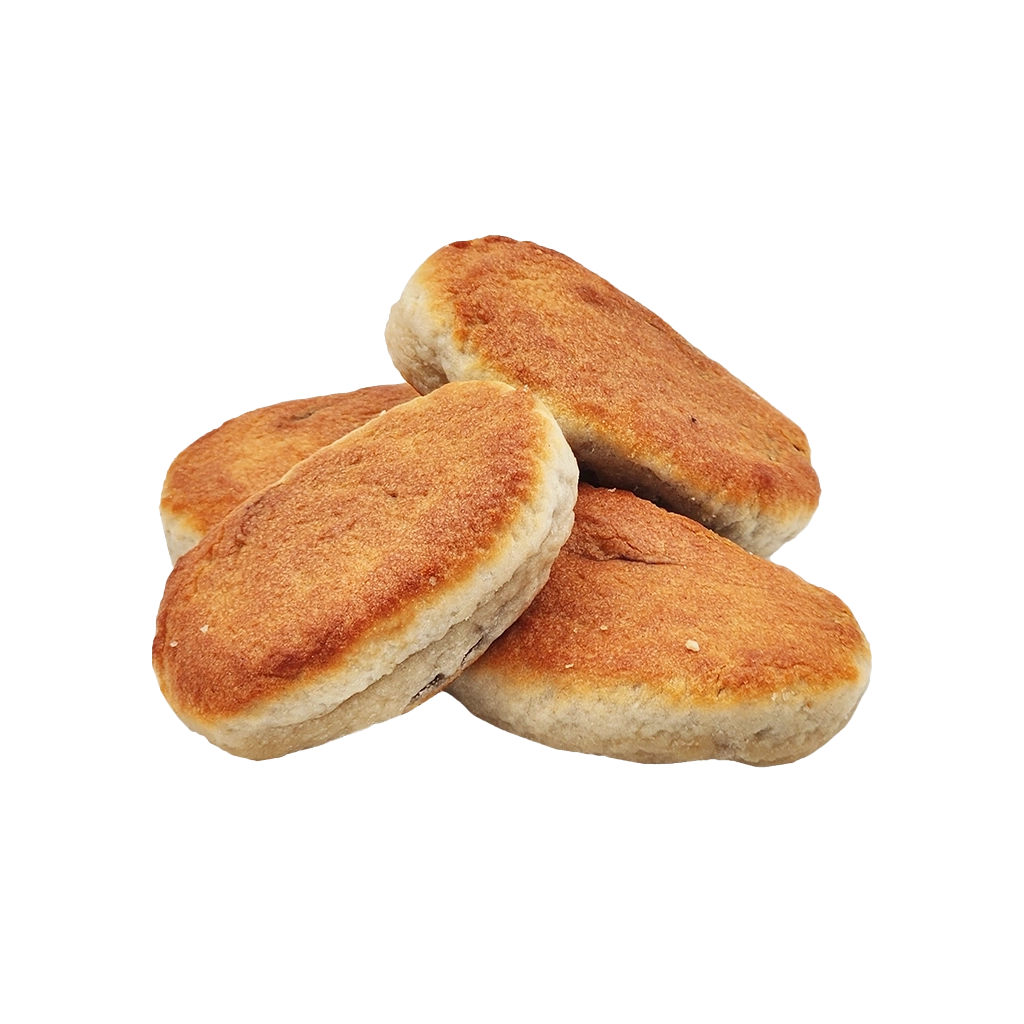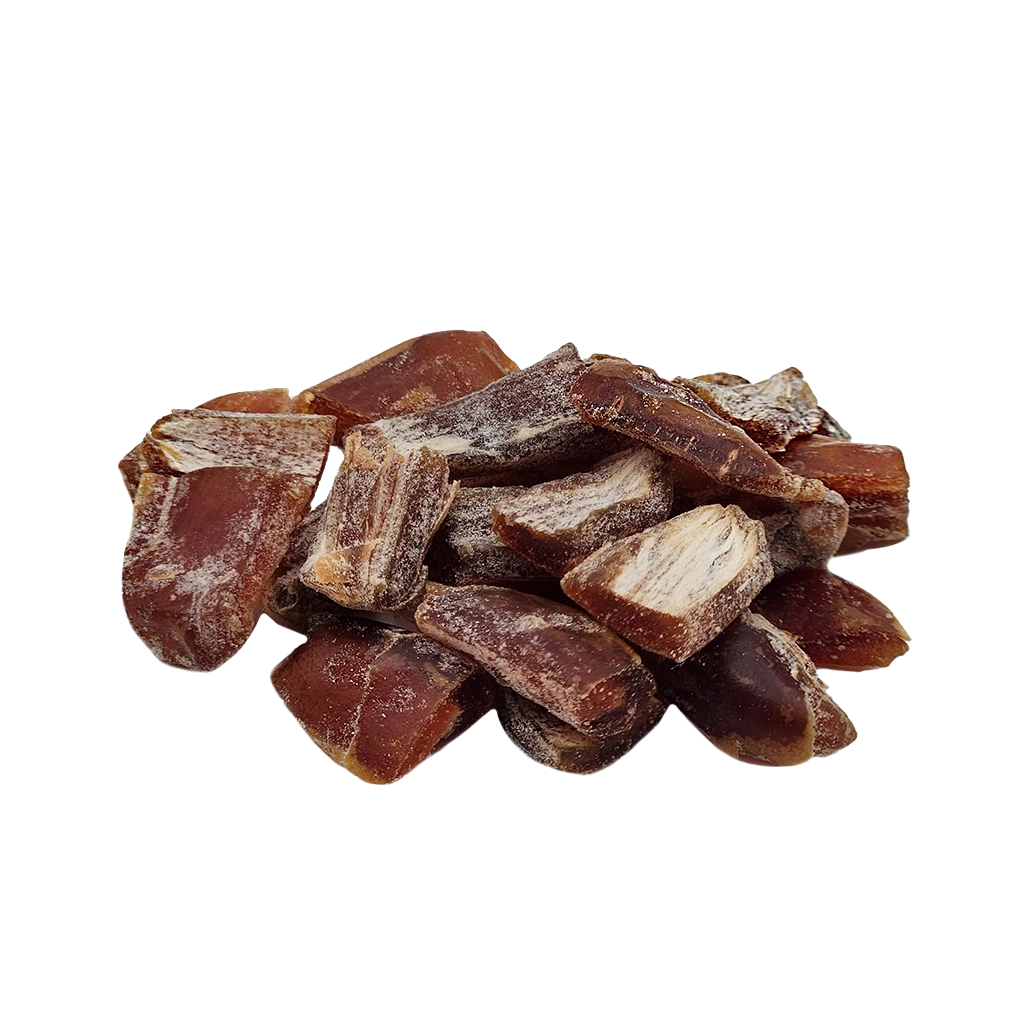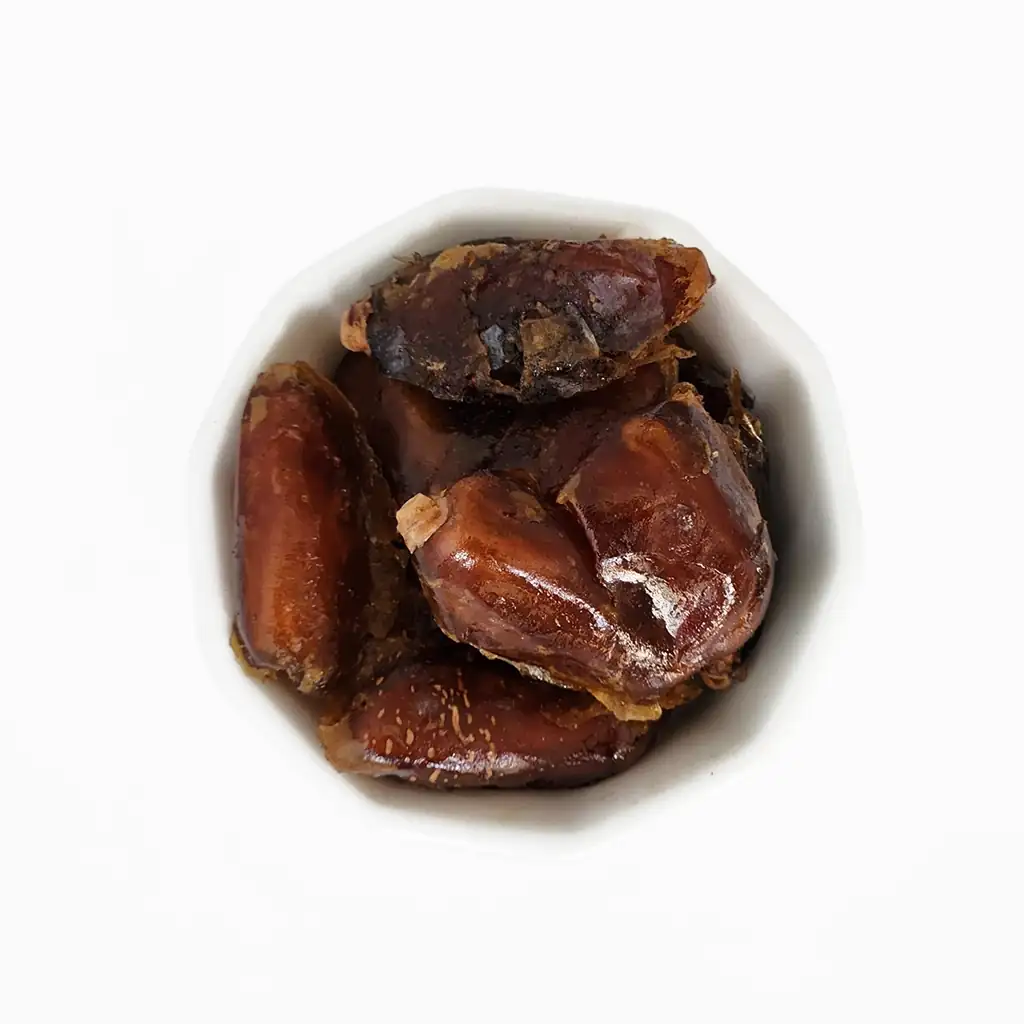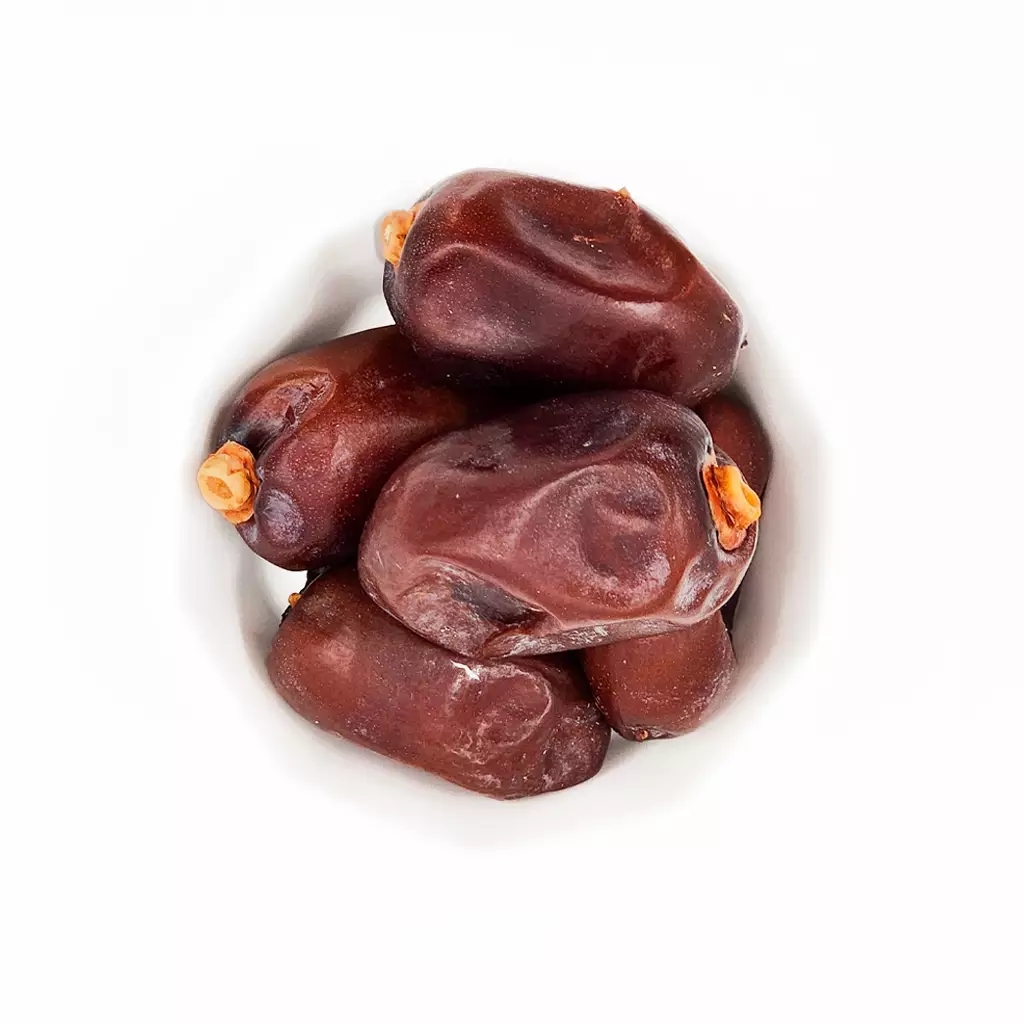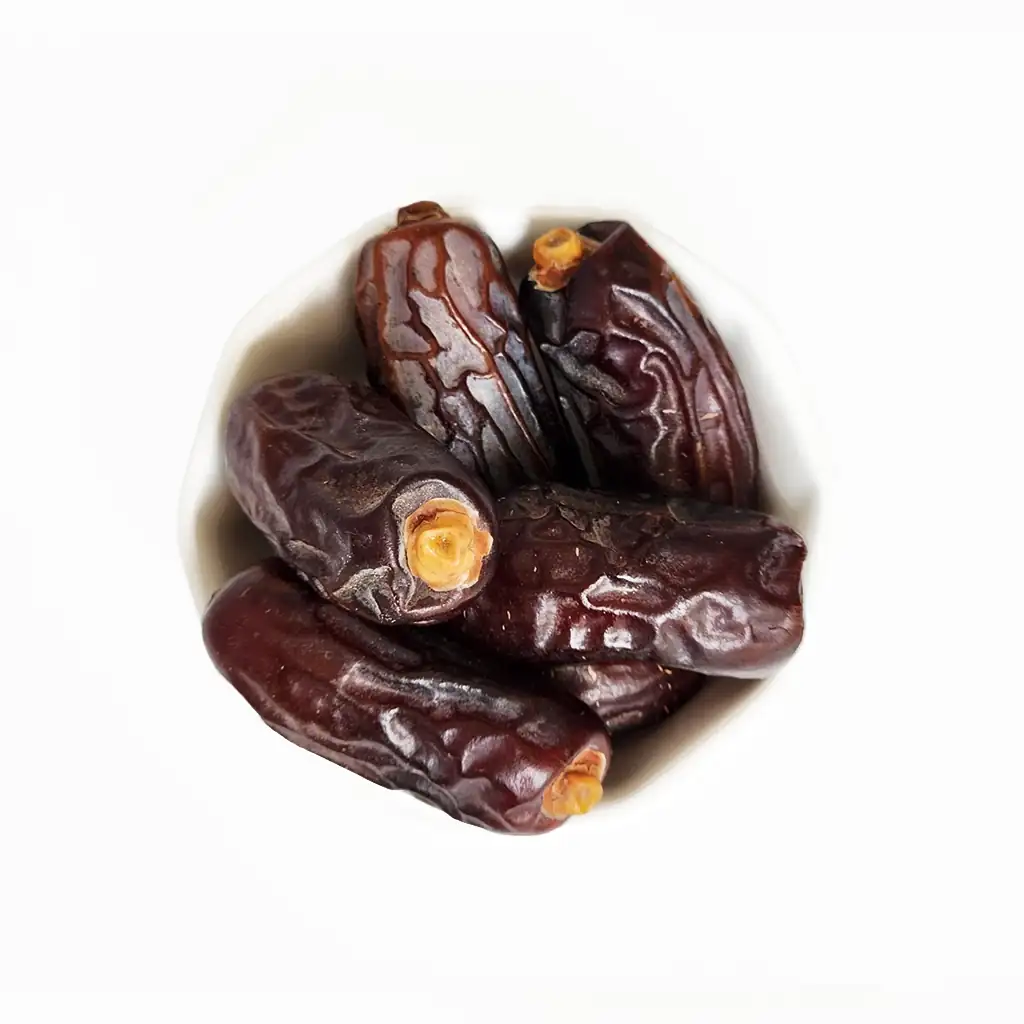Dates chips are one of the byproducts of Iranian dates. These chips are pitted dates that are completely dried and without moisture. They are also a formal treat in ceremonies, meetings, etc. In this article, we tell you more about this healthy and formal date product.
More About Dates Chips
Production Process
First, we sort and select the premier and spotless dates. Then, we remove the seed of each date. In the next step, we chop the dates into proportionate pieces. Then, the dates get dehydrated. In the final step, flour and dextrose are added. This was a summary of the whole process of making date chips in the industry.
Nutritional Facts
These chips are low in calories; therefore, they are healthy and recommended for all groups of people. Below, we review the nutritional facts.
They have 275 calories per 100 gr. Moreover, they contain 20-50% of the daily intake of Protein, 50 mg Phosphor, 89 mg Magnesium, and vitamins.
Benefits
Date chips have all the health benefits of dates such as:
- Having fiber, Iron, and inflammatory antioxidants
- Providing energy
- Protecting cardiovascular
- Due to their natural sweetness and fiber content, they can help satisfy cravings and keep you full for longer periods, aiding in weight management.
Usages
- Dates chips make a quick snack for your gatherings!
- They function as an energy booster for athletes.
- They can be a lifesaver for diabetics.
- They make great decorations for various desserts and cakes.
- They are delicious in certain recipes like lentil pilaf, omelet, etc.
Dates Chips Packing
| Packing Type | Packing Image | Description |
|---|---|---|
| Plastic Jar | 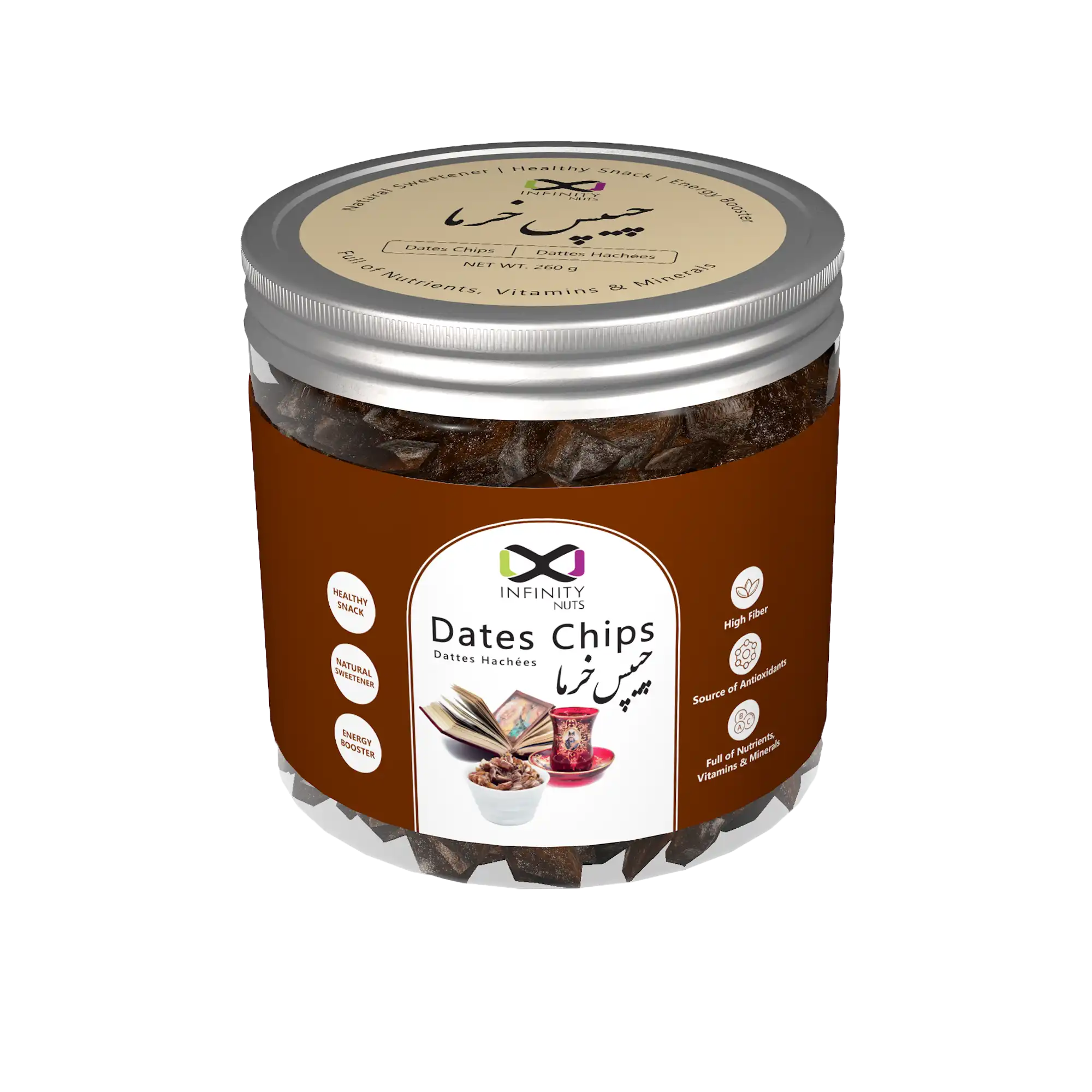 | Plastic Jar Dimension: Height: 9.5 cm Diameter: 8.5 cm Net Weight: 260 gr ± 20 |
For export, we place 12 plastic jars in one mother carton.
Why Infinity Nuts?
As one of the experienced suppliers of dates and date by-products, we actively supply premium Dates Chips in all seasons of the year. Generally, before finalizing your purchase, we will send you the updated photos and videos of our product, so that after you confirm the quality, we can proceed with the rest of your purchase process.
Purchase Process

